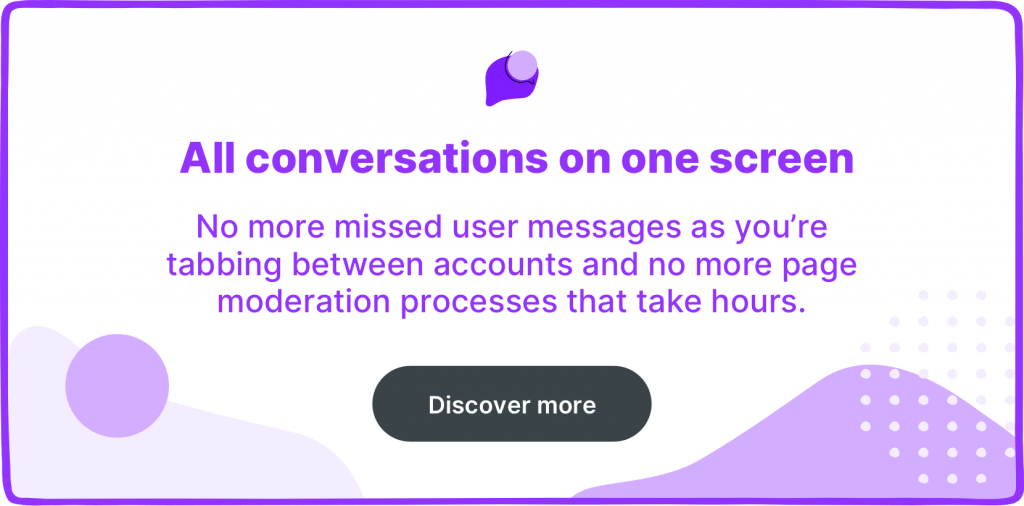Summarize this article via
Are you implementing community marketing for your brand?
Like almost every other thing, community marketing – and marketing in general – was greatly affected by the pandemic. Marketing teams have had to think fast and figure out new ways to connect with their audience.
The lockdown saw the rise of niche-based online communities as people sought to connect with one another. This is backed by the fact that 43% of internet users claim they spent more time on social media due to COVID-19.
But now that the lockdown restrictions are being eased all around the world, what does the future of community marketing hold for us post COVID?
In this post, we’ll look at five social media trends that will shape community marketing in the future. But before we get to that, let’s see what community marketing is.
What is community marketing?
Community marketing is a niche marketing strategy centered around bringing your customers together based on a topic that they are all interested in or related to. It is a non-intrusive marketing strategy that’s more about conversation than selling.
Think about some of the biggest brands in the world today. You’ll realize that some of them have thrived due to the presence of a robust online community of enthusiasts and loyal customers.
What these companies have done is to prioritize consumer interaction over making that quick sale. They made sure that their customers got value, regardless of whether they made a purchase or not.
Let’s look at some of the companies that engage in community marketing and see how they make it work for them.
Worth reading: How to save time by automating community management activities
5 Examples of brand communities
Some of the best brand communities are:
- Starbucks
- Nike
- Fitbit
- Gymshark
Here’s why they are special.
Starbucks
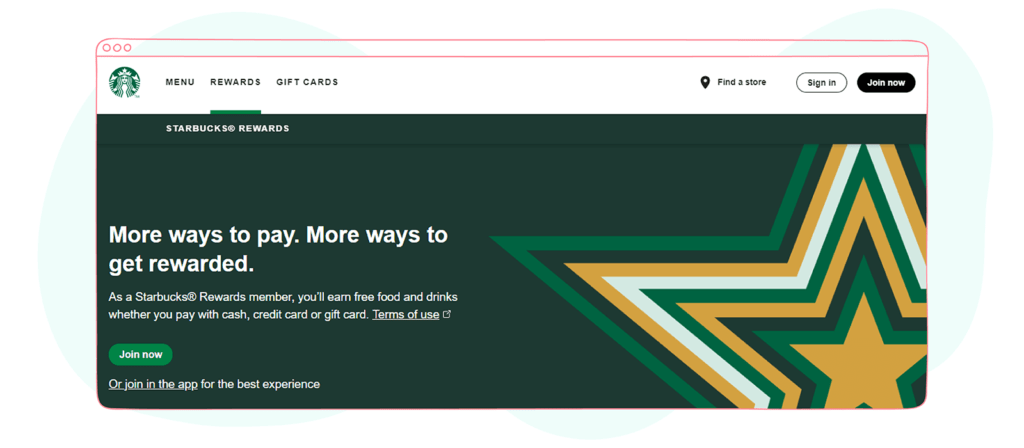
Throughout its long history, Starbucks has carefully crafted its image in order to be seen as a community brand. It’s done an amazing job of building massive engagement over the last few decades by rolling out socially-driven initiatives.
One of such initiatives and arguably the biggest one is the Starbucks Rewards Program.
Here’s what it’s all about.
As a Starbucks Rewards partner, you’ll have access to exclusive benefits when you make purchases. Starbucks will reward you for your patronage by giving you stars. These stars can then be converted to freebies like free food, free coffee, and so on.
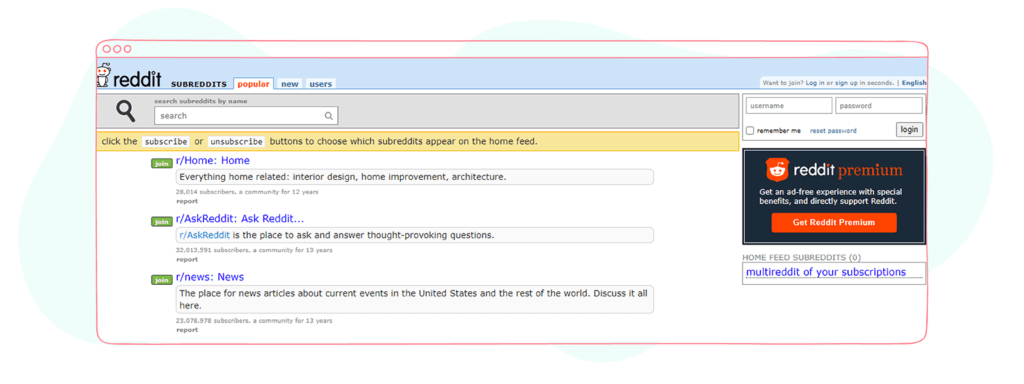
Okay. You might expect a social media platform to know a thing or two about creating and maintaining an online community.
But that shouldn’t take away the fact that Reddit has done a great job of building engaging followership around their brand. Reddit’s unique approach involves sitting back and letting other people take control.
They help others create communities around their passion. And in giving them a place to feel like they belong.
In return, they get ideas from their users which shows the amount of trust they have generated
Nike
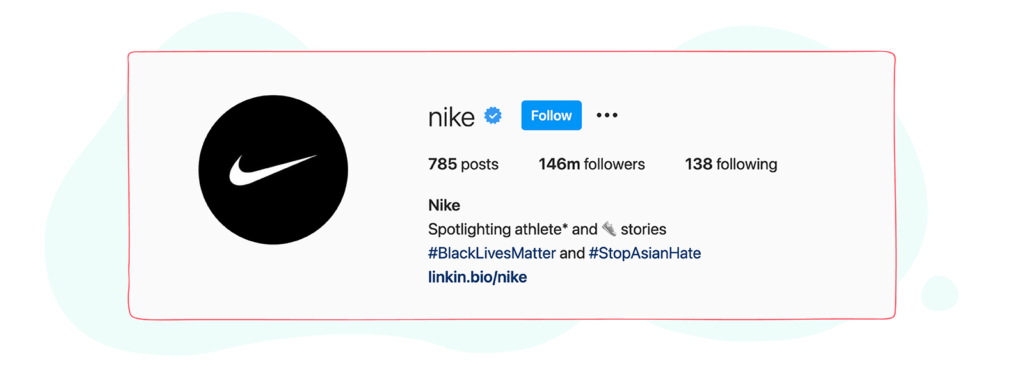
Nike is another company that understands the importance of communities. The athletic apparel brand positions itself, not as a company that makes shoes but, as a lifestyle. And it works for them when you look at the over 100 million posts with the Nike hashtag on Instagram.
Nike creates an all-inclusive community atmosphere by releasing socially-driven products. And inspiring its community members by partnering with top athletes as influencers.
Fitbit
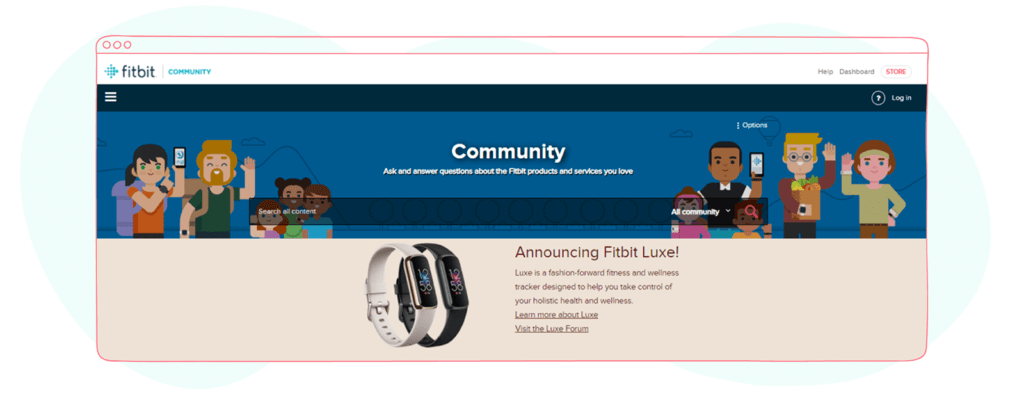
Fitbit is a leader in the wearable fitness technology space. And a contributing factor to this is the massive online community they have built over the last few years.
They help millions of people lead healthier lives. But one thing about Fitbit is that they do not just focus on their products. They also provide a safe place for people to talk about weight management, healthy living, sleep, and exercise.
Gymshark

Gymshark, another fitness apparel brand, has succeeded in building a thriving online community via social media.
Gymshark’s narrow niche focus helps it provide the best experience to its customers. They connect with millions of followers by turning a select group of prominent influencers into brand ambassadors.
This helps generate even more trust and excitement within the community.
Now you might be thinking.
“These are all multinational brands. Do I need to have millions of users before I can create a community?”
Let’s see.
How big should your community be?
You do not need to be as big as these companies or have as many members as they do to succeed with community marketing. In fact, some might argue that having a smaller-sized community is more beneficial to the brands and members than a large one.
According to Richard Millington, founder of FeverBee, the optimum number of highly engaged members needed to build a powerful community is between 50-300. What is essential is that you create a deep sense of connection, as that is something that people will always have a fundamental need for.
In the last year, that craving for connection was probably higher than ever. Customers began to favor brands that took it upon themselves to make life easier for the public. A study by Valassis revealed that 87% of customers appreciate brands that go out of their way to deliver relevant and timely information during the pandemic.
Thankfully, the pandemic is showing signs of slowing down. But what impact will this good news have on the growth that community marketing experience in 2020?
Should we expect the continuation of 2020 trends? Or should we look forward to seeing (another) new normal in 2021?
What does the future of community marketing look like?
Below are five community marketing trends we should look forward to seeing post-COVID. These trends are based on the predictions of top marketing experts.
The trends are:
- Virtual events are here to stay
- Marketing will become more social
- The content marketing landscape will evolve
- Strong brand communities will produce trustworthy advocates
- Increased priority in customer engagement
Virtual events are here to stay
Do you remember a time when events used to happen in person? A time when we had tradeshows, conferences, and seminars. That time is beginning to feel like ages ago, isn’t it?
The pandemic has ushered in an era of virtual events. And it doesn’t look like it’ll be going away soon seeing as 92% of event marketers plan to invest in virtual events in the future.
This view is shared by Latanè Conant in her article for Forbes, CMO of 6Sense. She predicts that there will be more changes to the already popular virtual events as marketers come to grips with our new reality. And that the focus will be on improving the virtual experience and exploring ways that can affect conversions.
Marketing will become more social
One thing you can’t growth-hack is engagement. It has to be painstakingly built. But when you crack that code, the results are usually mind-blowing.
According to research by Gallup, fully engaged customers represent a 23% higher share of profitability, revenue, and relationship growth over the average customer. As a result, brands that prioritize building strong customer relationships and engagement will stay ahead of their competition.
This view is echoed by Deborah Sweeney, CEO of Mycorporation.com. In response to a tweet by Social Media Today, she predicts that social listening will be crucial to most brands’ social media marketing strategies.
According to her, the social aspect of social media will come to the fore. And there will be increased interactions between brands and their consumers as brands seek ways to improve their customers’ experience.
The rise of this trend will make old engagement metrics such as likes and shares insufficient. An in-depth analysis will be needed, and tools like Sociality.io Listen will prove invaluable to the success of your social media marketing strategy.
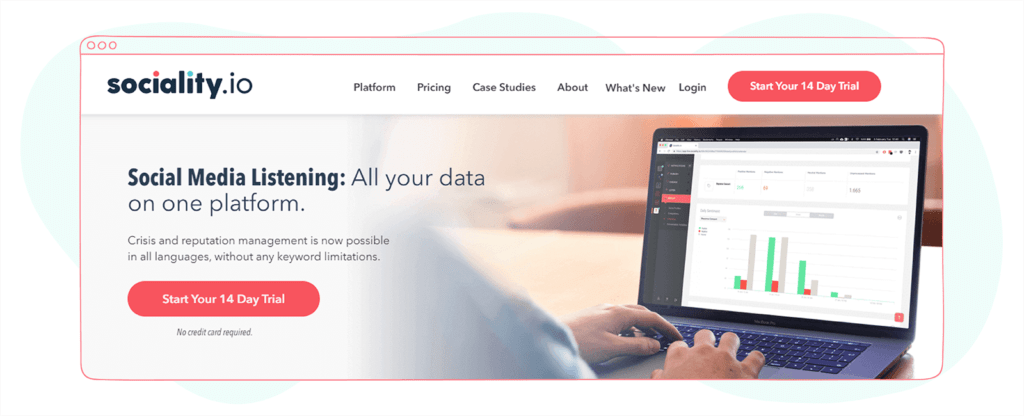
Meaningful conversations will become the cornerstone of marketing
Content marketing as we know it will change.
Moz’s Christina Mautz reached out to Lindsay Tjepkema, CEO of Casted, to get her view on what we should expect in 2021.
According to her, meaningful conversations will be the way relationships are built going forward.
She says we should expect to see more insightful content from industry experts going forward. This is the only way to ensure that customers get a unique experience with your brand.
You can also take a look at our article; Best tools for content marketing.
Strong brand communities will produce trustworthy advocates
One trend we saw in 2020 was the rising trust of influencers by consumers. About 97% of consumers who follow influencers claimed that they are engaging with influencers more or to the same extent as before the pandemic.
And 64% of them are likely to continue using social media after the restrictions.
Therefore, the ability to pick out and utilize strong voices within your online community can help propel your brand.
Top marketing consultant, Kristin Gallucci, feels the same way. In her LinkedIn article, she stated that nothing trumps having your product being advertised by your customers. These customers – brand advocates – are the products of strong communities. And the conversations these sort of communities produce are irreplaceable.
Increased priority In customer engagement
The outbreak of COVID-19 helped consumers discover new brands that they probably would not have discovered otherwise.
But what happens when the restrictions start to get lifted as we are experiencing in different parts of the world?
Research by Bazaarvoice reveals that 88% of consumers plan to stick with brands they discover during the lockdown, rather than go back to old ones. One big reason why this is the case might be because these brands have found a way to create an emotional connection with their customer base and drive up positive engagement.
In an interview with ContentCal, Rob John – the managing director at The Content Marketing Association – predicted a higher increase in audience engagement.
According to him, businesses will need to be more thoughtful with their distribution of content. They’ll need to figure out ways to get their consumers in contact with the knowledge they have to offer.
Conclusion
Community marketing has undoubtedly grown in leaps and bounds over the last decades. And it is set to receive even more prioritization as companies double down on customer experience.
But like every other marketing strategy, to succeed, you need the right kind of tools, the right personnel, and the right strategy. Once these three are in place, the chances of you hitting your marketing (and business) goals are greatly increased.
So, if you are looking to get started with community marketing, we have you covered with a platform to manage your social media community.
With Sociality.io’s listen and engage modules, you can easily feel the pulse of your community at any given time. And create engagement that will drive loyalty within your community.
Just as Sena Arisoy, social media manager at Engage Istanbul, found out when she started using Sociality.io. She said:
“Through Sociality.io engage tool, we were able to find past conversations within seconds. It is this speed that is most precious for both us and our brands.”
Are you ready to join over 2000 marketers, like Sena, who already use Sociality.io to up their social media game?
Sign up here for a free 14-day trial. No credit card is required.
